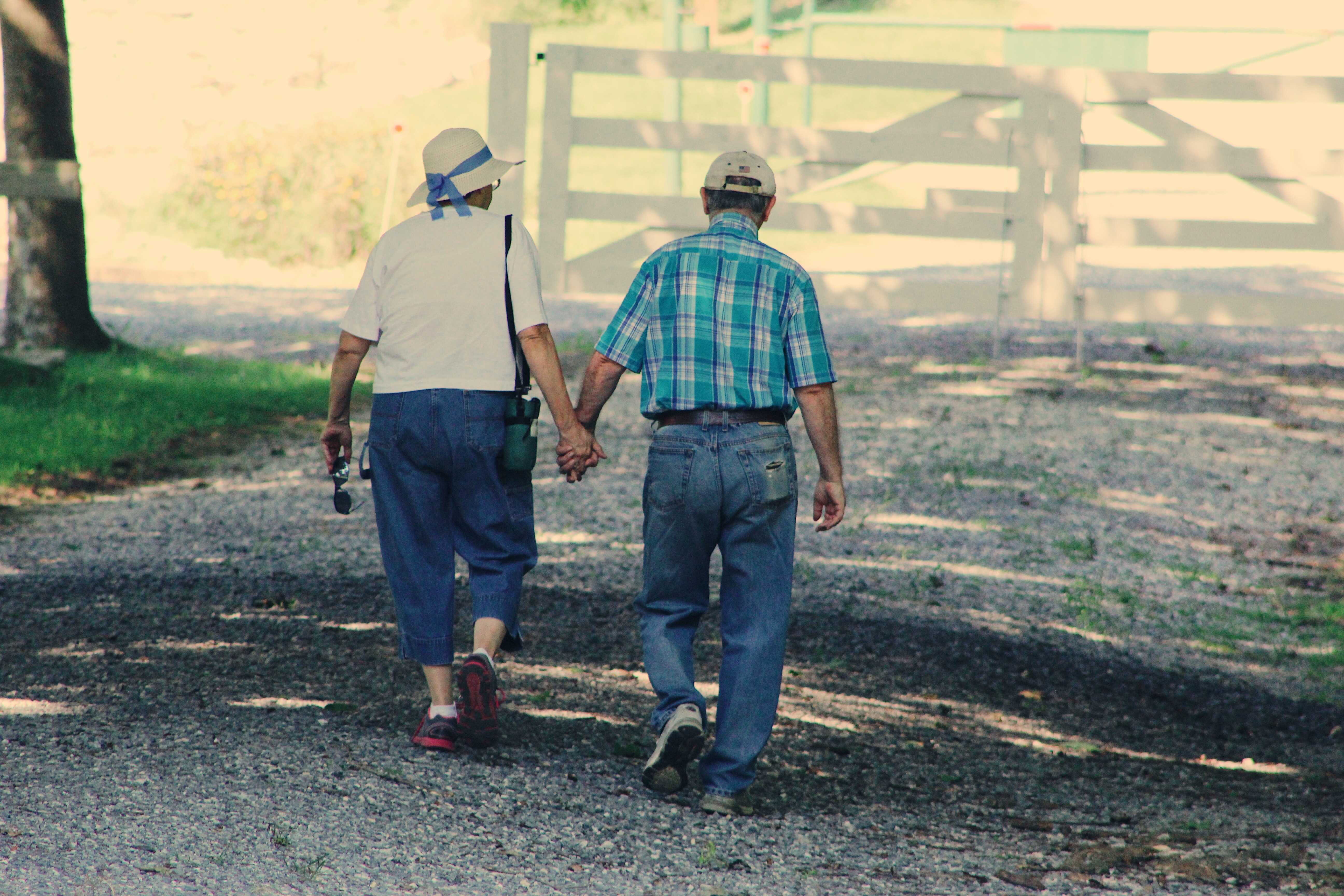
When it comes to better balance and mobility, muscles get all the glory while joints are largely overlooked. This is a big mistake! Yes, muscles are the motors that do the moving but without joints, movement simply can’t happen.
Imagine what it would look like walking a white-sandy beach without ankles…climbing stairs without knees…rising from your favorite easy chair without hips. It’s not a pretty picture but is does clearly illustrate that the function of joints is for movement.
How well we move depends on joint strength and flexibility (1). Strength is the ability to exert force and is the foundation of all function. It makes day-to-day life so much easier. We need strength to walk, climb stairs and rise from a chair.
Flexibility is the ability to move joints through their full range of motion. This depends on how well the soft tissues surrounding joints can lengthen including ligaments, tendons and muscles. With flexible joints you’ll be more limber, stronger, faster, more agile and resilient to injury.
That’s because joints play a key role in sensing and responding to the ever-changing environment so we can move well and maintain balance. Aging and inactivity leads to joints that are weak, stiff and painful. This makes movement difficult and is a major reason for tripping, stumbling and falling.
Let’s dive into why this happens and how you can build joint strength and flexibility at any age.
Joint Structure
Joints are where two or more bones join together to allow a certain range of motion. There are different types of joints but here we’re talking about the freely moveable joints responsible for mobility, including the ankles, knees and hips.
Joints are held together by strong connective tissue including ligaments that attach bone to bone, tendons that connect muscle to bone and fibrous capsules that enclose the joint. These structures help stabilize joints to control joint position and movement. Stable joints don’t wobble or buckle.
That’s the basic hardware system of a joint. Now let’s look at the software system that controls movement and balance. It’s the nervous system. Muscles need to be stimulated by nerves to contract, pulling on bones so we can move.
Sensory System
But how does the brain know what is going on in the body? We have an internal sensory system called proprioception that creates a sense of body awareness. These proprioceptors or sensory cells live in and around joints (2). Their job is to detect joint position and motion and send that information to the central nervous system for processing.
The brain interprets the signals received and responds by telling which muscles to contract or relax so we can stay upright and balanced. This is how we can walk down the street without looking at our feet or recover our balance after stumbling over a curb.
With each step we take, feet and ankles are first to touch the ground making their function critical for proprioception and balance. Research studies show that ankle flexibility and balance are mutually dependent (3).
So it’s through the interaction of neural systems, joints and muscles of the lower body that build the foundation of mobility and balance.
Effects of Aging
After the age of about 30, we begin losing muscle (4) and joint flexibility (5). Inactivity speeds up this process with muscles growing shorter, tighter and weaker. This compresses and pulls on joints leading to stiffness and pain.
When you are in pain, you move less. The less you move, the more muscle is lost along with joint function.
Stiff, rigid joints and weak muscles can’t sense and respond to life’s dynamic environment (6). But the good news is your body is incredibly resilient and given the right stimulation, joint flexibility and strength can be regained. Here’s how.
Simply start by moving joints through a comfortable, pain-free range of motion. Over time, tight muscles and connective tissue are lengthened, reducing joint compression, inflammation and pain (7). It promotes blood flow, nutrient delivery and takes out the cellular trash. This supports better joint health, posture and mobility.
Building Strength & Balance
Training joints through a full range of motion engages more muscles and sensory cells. More muscle activation means greater strength and more energy. More sensory cells are stimulated for better body- brain communication and balance. This is why improving joint function is the first step to better mobility, strength and balance.
When ankles, knees and hips are strong and flexible you can move like a well-oiled machine, free of pain, your entire life.
Cate Reade, MS, RD, is a Senior Fitness Expert and entrepreneur on a mission to create an epidemic of mobility. As CEO of Resistance Dynamics, Cate it delighted to be helping older adults regain strength, balance and confidence with her innovation, the MoveMor™ Mobility Trainer and exercise programming. Over 10 independent studies using MoveMor™ show better balance, increased leg strength, greater ankle flexibility, increased independence, improved continence and a reduced fall risk - in as little as 10 minutes a week. Cate loves instructing classes, collaborating with physical therapists and helping senior living communities thrive.
Contributed by:
Cate Reade, MS, RD, CEO of Resistance Dynamics
For: MedCOR Professionals, Scarborough, Maine
References
-
Thakral, M., et al. (2014) A stiff price to pay: does joint stiffness predict disability in an older population? J Am Geriatr Soc. Oct;62(10):1891-9. www.ncbi.nlm.nih.gov/pubmed/25333527
-
Suetterlin, KJ. and Sayer, AA. (2014). Proprioception: where are we now? A commentary on clinical assessment, changes across the life course, functional implications and future interventions. Age and Ageing, Volume 43, Issue 3, 1 May, Pages 313–318 https://academic.oup.com/ageing/article/43/3/313/16765
-
Gaur, K & Davinder, A (2014). Comparision of ankle joint range of motion on balance score in healthy young and adult individuals. Journal of Exercise Science and Physiotherapy, Vol. 10, No. 1, Jun: 25-30. https://search.informit.com.au/documentSummary;dn=755930827114120;res=IELHEA
-
Volpi, E et al (2004). Muscle tissue changes with aging. Curr Opin Clin Nutr Metab Care. Jul; 7(4): 405–410. www.ncbi.nlm.nih.gov/pmc/articles/PMC2804956/
-
Centers for Disease Control & Prevention (2010). Normal Joint Range of Motion Study www.cdc.gov/ncbddd/jointrom/index.html
-
Chiacchiero M., et al. (2010). The Relationship Between Range of Movement, Flexibility, and Balance in the Elderly. Topics in Geriatric Rehabilitation Vol. 26, No. 2, pp. 147–154. https://siths.org/ourpages/auto/2010/6/11/44799296/Rehab.pdf
-
Zhang SL et al (2012). Effect of exercise therapy on knee joint function and synovial fluid cytokine levels in patients with knee osteoarthritis. Molecular Medicine Reports. www.spandidos-publications.com/10.3892/mmr.2012.1168

